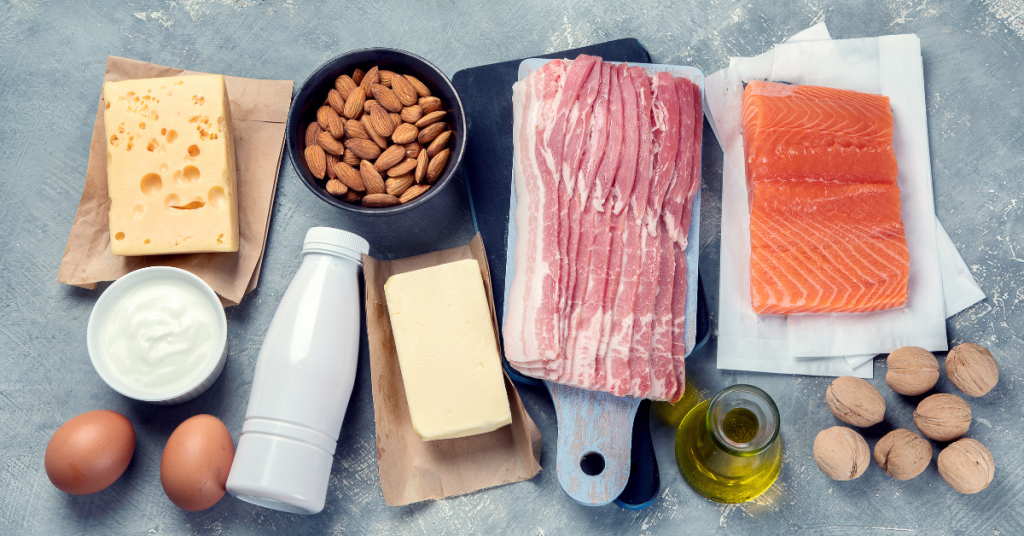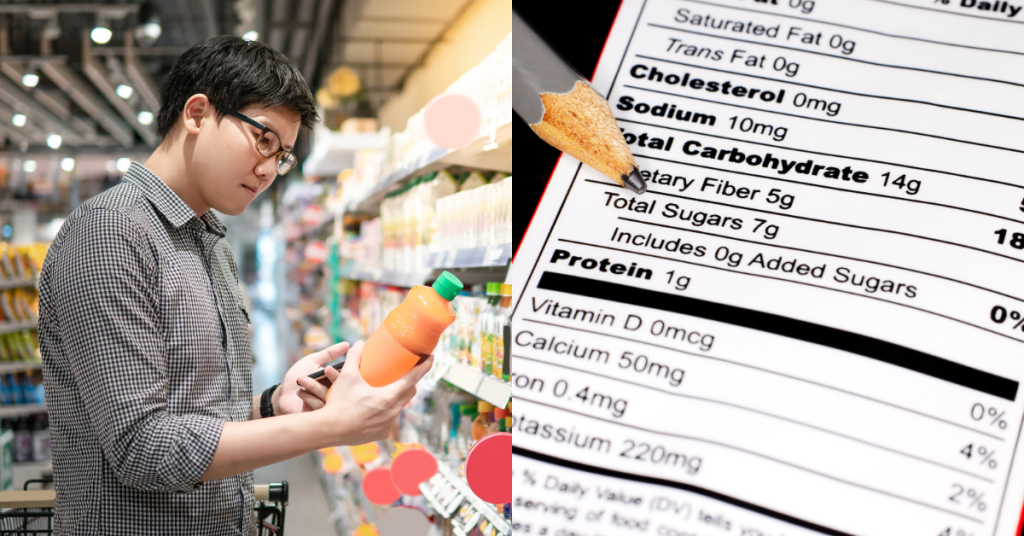Disclaimer: This article is for general informational purposes only and is not meant to be used or construed as legal advice in any manner whatsoever. All articles have been scrutinised by a practising lawyer from Tristan & Partners to ensure accuracy.
As much as I hate to say it, when you’re trying to stay fit, arguably the most important part of it all is food.
It’s this absurd tug of war where no matter how much you exercise, your weight can only go up if you’re not watching how much you’re eating.
And on the flipside, eat too little and your weight loss may be hindered as this can cause your metabolism to slow. When that happens, you burn less calories with what’s unused ending up getting stored as fat.
What’s needed is to hit this specific amount of calories tailored to your weight goals. That can be calculated through a macro calculator, which takes into account things like your current weight, height, age, gender, and exercise frequency.
So, end of story, right?
How I wish.

As its name implies, another aspect of a macro calculator’s calculations is the breakdown of the amount of macronutrients that you should be taking in. Get these numbers wrong and weight loss will be the last of your concerns.
The issue here though is that packaged food won’t always list out all of the details you need on nutrition labels. But why does that matter and is that even legal?
When sweet becomes sour
The World Health Organisation (WHO) defines macronutrients as calorie-providing nutrients required in large amounts to maintain bodily functions and to carry out daily activities. This includes proteins, carbohydrates, and fats, which form the three main classes of macronutrients.
Where weight gain is concerned, there are two macronutrients in particular that require “special attention,” so to speak—saturated fat and sugar.

The issue with these two is that the daily recommended intake for both is pretty low right out the gate, making it easy to overshoot. Generally, adults are recommended a sugar intake of about 25-30g and a saturated fat intake of roughly 30g for men and 20g for women.
As an example, your average can of Milo contains 12g of sugar. Two slices of white Gardenia toast has 4.2g. Throw in a tablespoon of blueberry jam, which contains 8.7g, and you’ve already nearly topped out by breakfast.
If you’re unaware of this and continue on with your day blowing past your sugar limit despite staying within your recommended calories, you may increase your risk of diabetes and cancer.
It may also lead you to being “skinny fat.” It’s this demoralising situation (if I may say so myself) where although your body mass index (BMI) and weight is average or lower, you still have a noticeable amount of fat around your abdomen.
Preventing these situations is, among other reasons, what makes proper nutrition labeling important.
What the law says
In Malaysia, laws behind nutrition labelling can be found under Regulation 18B of the Food Regulations 1985.
Here, subregulation 3 makes mandatory:
- (a) the amount of energy, expressed in kilocalorie (kcal) or kilojoule (KJ) or both per 100 g or 100 ml or per package if the package contains only a single portion and per serving as quantified on the label; and
- (b) the amount of protein, available carbohydrate (that is carbohydrate excluding dietary fibre) and fat, expressed in g per 100 g or per 100 ml or per package if the package contains only a single portion and per serving as quantified on the label.
For a time, the labelling of sugar content was only made compulsory for ready-to-drink beverages. That was until subregulation 3 (b) was amended to also include total sugars, made effective in 2022.
As per subregulation 5, saturated fat content on the other hand is only necessary to be stated if a claim is made on how much or what type of fatty acids is contained in an item.
And, of course, it also goes without saying that putting something like “love” or “sunshine and rainbows” on the ingredients list will not fly. Regulation 18 (6) (c) in particular forbids any claims which cannot be substantiated.

The penalty for breaking these regulations, is a fine not exceeding RM10,000 or imprisonment for a term not exceeding two years upon conviction.
According to the Ministry of Health’s Food and Safety Quality Division senior director Norrani Eksan, violations can be reported to any district health office or the nearest state health department.
“They also have the option to file a complaint through the division’s official website, which contains information about the labelling requirements,” she said in an article by The Sun.
Out of sight but not out of mind
Naturally, food tracking isn’t for everyone. Between conflicting sources of information and the mental fortitude needed to keep it up, calling it exhausting is an understatement.
But just because not everyone does it isn’t an excuse to just casually leave things out of a nutrition label. Especially so if what’s being left out is a known contributor to health issues when taken in excess.
Food-related issues always bite back long after you take a bite yourself.
- Read other articles we’ve written about law here.
- Read other articles we’ve written about Malaysian startups here.
Featured Image Credit: Images used under licence from Shutterstock











